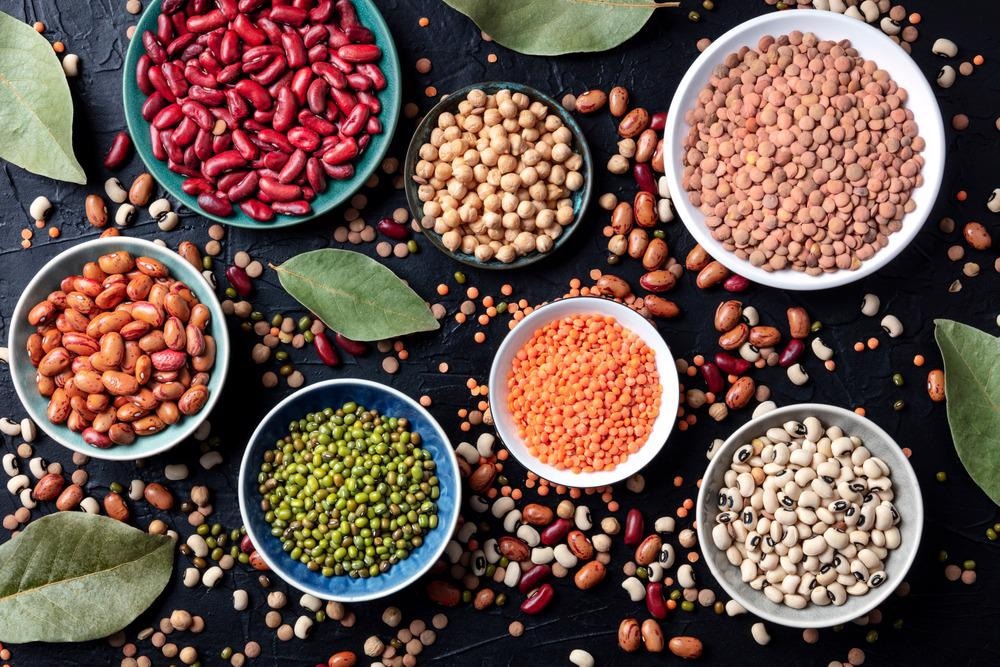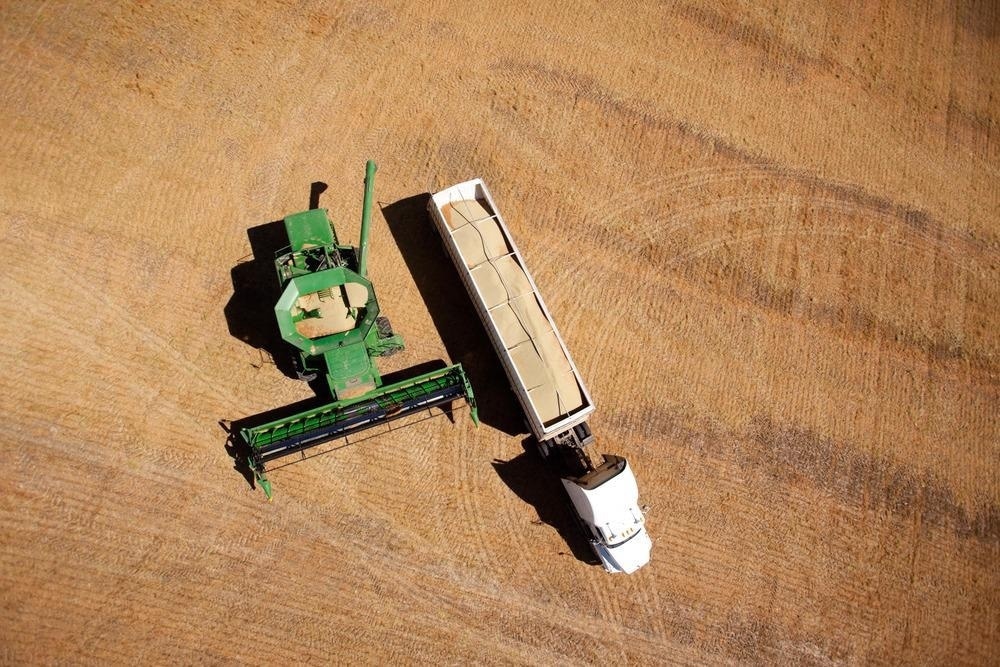Pulses are edible seeds, e.g. dried beans, lentils, and chickpeas, of leguminous plants that are cultivated for food. All plants belonging to the Leguminosae family are not pulses, for instance, crops that are harvested green (e.g., green peas) or crops used for oil extraction (e.g., soybean). Apart from nutritious values, pulses have many characteristic properties that are beneficial for the environment. This article focuses on how pulse farming benefits the environment.

Image Credit: Plateresca/Shutterstock.com
As stated above, pulses are highly nutritious and are a rich source of proteins, vitamins, and micronutrients. They also contain many important minerals, such as iron, folate, magnesium, zinc, etc., which are essential for various metabolic functions. Pulses are considered to be an essential component of a balanced diet. Another important aspect of pulses is that they can be cultivated easily without requiring excessive chemical fertilizers or pesticides.
Pulses can Fix Nitrogen in the Soil
One of the important features of pulses is their nitrogen-fixing properties, which are closely associated with improving soil fertility. Nitrogen is one of the primary components of fertilizers; therefore, pulses produce their own fertilizers required for growth. Sometimes, pulses can also fix soil-bound phosphorus, which is another essential soil fertilizer.
Farmers often leave the pulses' roots in the soil after the crop has been harvested. This is how it can leave nitrogen behind for the next crop, which can grow without any additional need for chemical fertilizers. Hence, pulses enhance the productivity of the agricultural field.
Pulses when used as intercropping and cover crops, promote soil biodiversity and also protect the crops from harmful pests and pathogens. One of the main advantages of biological nitrogen fixation is that it allows slow release of nitrogen in the available form to the plant, which matches its nitrogen requirement for growth and development.
Several studies have indicated the benefits of using pulses in crop rotation. In a crop rotation system, a variety of crops are grown in sequence, e.g., cereals (e.g., barley, wheat, oats), oilseeds (e.g., sunflowers, canola, flax), and legumes (e.g., pulses). Scientists revealed that when pulses are grown in rotation with cereals and oilseed crops, an enhancement in the yield by 0.5 to 1 tonne per hectare could be obtained. Additionally, the protein content of the cereals could increase from 0.5 to 1.8%.
Scientists have also indicated that pulses increase the subsequent cereal yields by ending the cycle of cereal root diseases while maintaining soil fertility. Hence, the combined effect of high soil nitrogen and reduction in root disease could enhance the yield of subsequent cereals, significantly. Further, the plant residues could also be used as valuable feedstock.
Pulses and Climate Change Mitigation
Pulses play an important role in mitigating factors associated with climatic change. For instance, they can reduce the dependence on the use of synthetic fertilizers which are commonly used by farmers to enhance crop productivity. The decrease in the usage of chemical fertilizers has also indirectly benefitted the environment, as it has substantially reduced greenhouse gas emissions during manufacturing these fertilizers.
Some of the ingredients of the chemical fertilizers, such as heavy metals, are harmful to the plant, soil, and adjacent water bodies. Additionally, these heavy metals are often absorbed by the plant and, subsequently, consumed by humans. Several studies have reported that heavy metals act as carcinogens, and therefore, are extremely harmful if consumed.

Image Credit: Tyler Olson/Shutterstock.com
Agroecosystem Management
According to a nine-year test in the prairies, instead of combinational planting of grain-grain-durum wheat, the combination of pulse-pulse-durum wheat, every three years, resulting in an increase in wheat production by 13%. Scientists stated planting pulses also decreases the carbon footprint of durum wheat by 34%. This is because farmers use less fertilizer and fuel. In Canada, pulses are used as a part of good soil management practices
Plant residues from pulses, like many other crops, help soil trap water better, which can move deeper into the ground, and results in enhancing the overall moisture content of the soil. Also, as the plant residues get decomposed, it is incorporated into the soil and, therefore, all the carbon content of the plant enters the soil. This is beneficial as this carbon would otherwise be added to the environment in the form of carbon dioxide. This method has reduced the carbon dioxide emissions in the atmosphere by 25% to 50%.
The protein content of pulses is comparable to that of meat and soybean; however, it requires twenty times less water for cultivation, compared to other protein sources (e.g., animals raised for pork, beef, chicken, and soybean). Therefore, pulses are protein sources with low carbon and water footprint.
The Food and Agriculture Organization (FAO) of the United Nations, has characterized sustainable diet as the “low environmental impact diets that contribute to food and nutrition security and healthy life for present and future generations.” Pulses play an important role in sustainable agroecosystem management because of their rich nutritional values as well as nitrogen-fixing properties that help improve soil fertility and enhance farmland productivity.
Further Reading